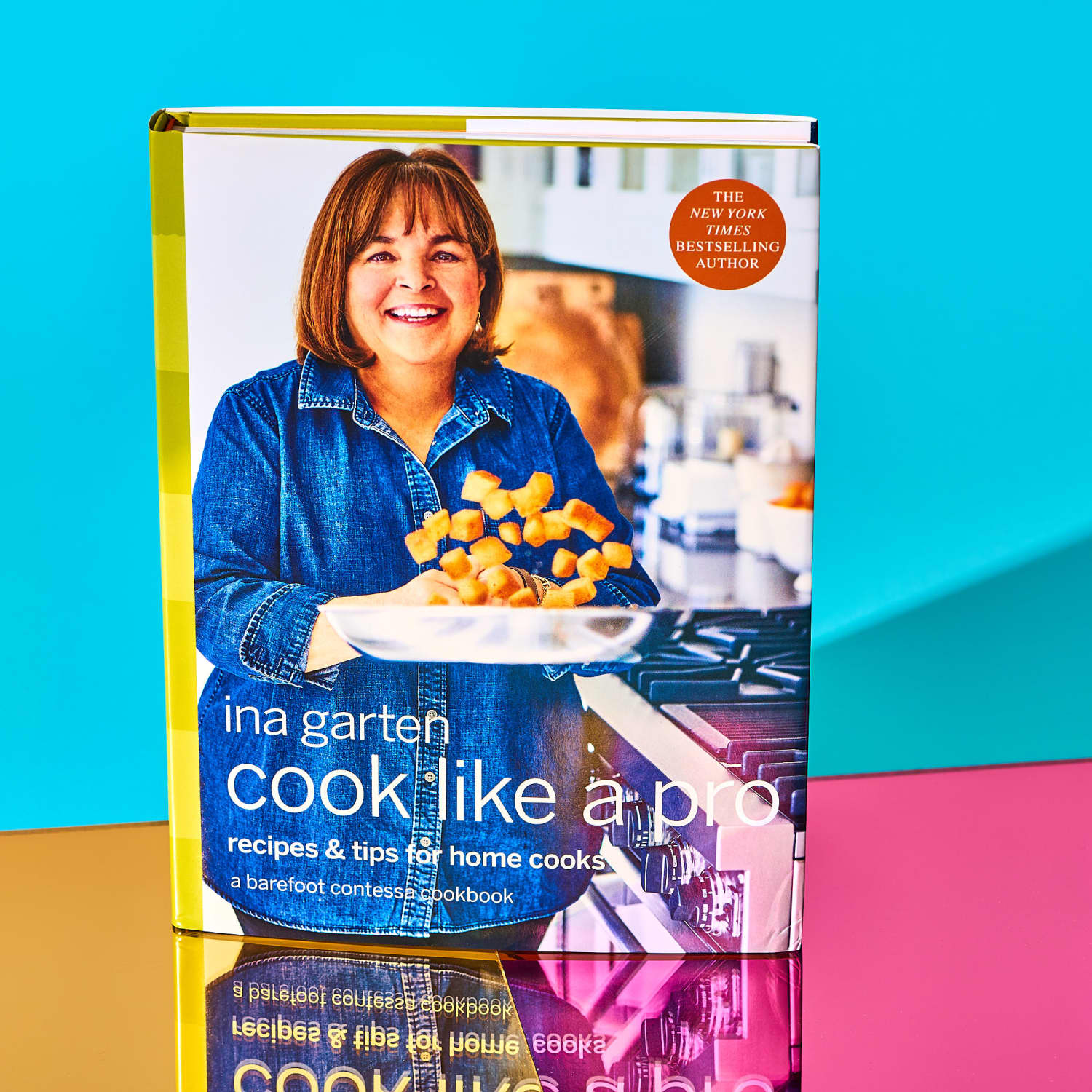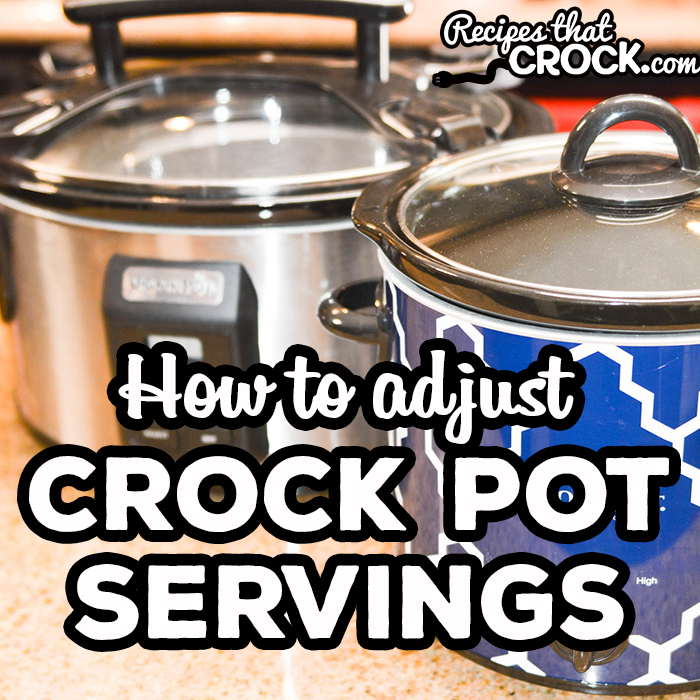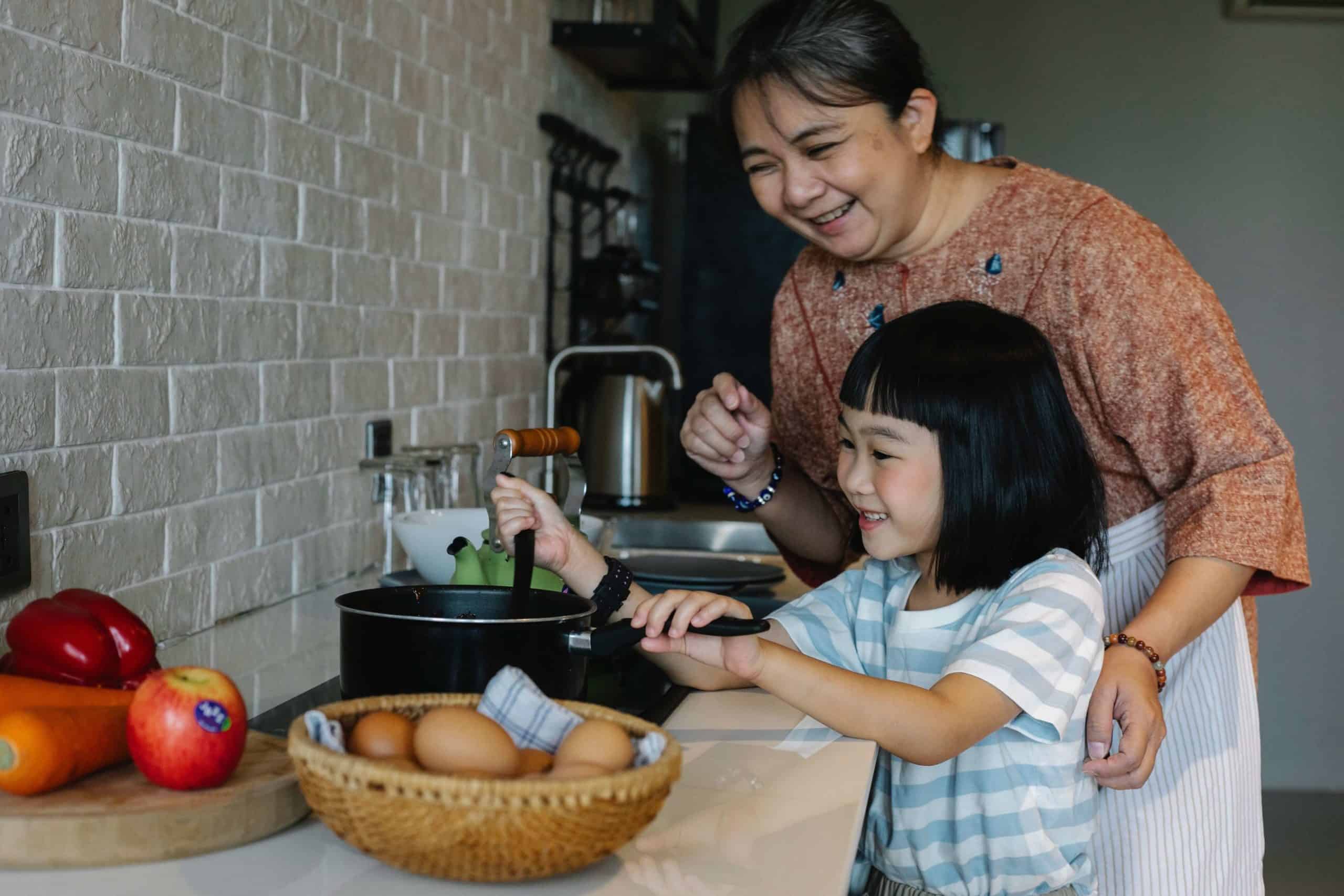
It is important that you can create a simple yet effective checklist of cooking skills for your children. These skills include creating innovative recipes, as well as ensuring safety in the kitchen. These tips will help you instill these valuable skills in your children. Here's a sample list:
List of essential culinary skills
An aspiring chef should not only have a culinary degree but also know how to properly prepare food. These skills include knowing how to determine the freshness of ingredients and prepare meats, fruits, or vegetables. They also know how to convert standard recipes into larger batches. A chef needs to be skilled in time management and an excellent sense of smell, taste, and smell. A chef should also be able handle knives and other food equipment.
Sauteing is an adaptable cooking method that can be used for many different ingredients. Particularly delicious are lightly sauteed vegetables or shrimp in garlic butter. Braising is one of the oldest methods of cooking. It involves boiling on a fire. Although it is quite basic, it is extremely useful. It is a basic skill that can be taught to cook. It is also important to know how to use a knife and understand safety tips.
Develop creative recipes
Creativity is key to success when preparing meals. Not only do they showcase your creativity, they also showcase your skills. Creative thinking, also known by divergent thinking allows you to think out of the box to develop new ideas. This skill is essential for a career in cooking, as it allows you to try new flavors and cooking techniques and impress customers. You can experiment with new flavors and impress your employer by using your creative mind. Think of different flavors, and think up interesting themes. To improve your creativity, brainstorm and research cooking methods.

One problem with defining cooking skills, is that they are inconsistent. The authors are not able to agree on which skill is more important. However, they do agree that it should be redefined. They argue that the definition of a skill should be evolved from the perceived "Golden Age" when cooking skills were developed beyond a person's ability to prepare basic foods. To ensure a healthy and vibrant future of food, we must encourage their development and use.
Developing a safe environment in a kitchen
You must create a safe environment for staff in commercial kitchens. With open fires, bacteria and electrical appliances in the kitchen, it can be dangerous. First, you need to make a plan for your kitchen's cleanliness. Second, ensure that safety equipment is in place. You should also ensure that your children are always supervised when you're in the kitchen. Safety plans and training employees can make a big difference in preventing accidents.
Fire-resistance and fire-safety training are vital for all kitchen staff. Local fire departments can provide training in fire safety. It is important that kitchen staff know where fire extinguishers or fire blankets are located, how they operate, and how to manually activate the fire-suppression systems. As needed, employees should be trained in CPR and emergency first aid. Kitchens should have nonslip flooring.
Identifying food safety hazards
Food safety hazards are an important part of any safety program. It is crucial to identify potential hazards in food safety. This can help avoid food poisoning outbreaks or product recalls. Failure to identify potential hazards could lead to brand damage, regulatory action, and even brand destruction. Codex HACCP compliance in food businesses is vital. Identification of hazards is a key requirement.

There are many potential physical hazards that can inflict injury on humans. They can be from people, plants, packaging, or both. Different physical hazards are more likely to cause disease or injury than others. These hazards aren't necessarily dangerous but must be identified and eradicated before they can cause damage. To identify potential hazards and to determine how to reduce them, it is important that you identify the source of the problem. You can also inspect the product for signs of potential hazards.
FAQ
How much does it cost to go to culinary school?
The cost of a culinary school depends on where you are, how much you study, and what program or course you choose. Tuition costs range from $10,000 to $30,000. The majority of students graduate with around $20,000 in student debt. Some programs offer scholarships, grants, or work-study opportunities.
Where can I get free online cooking lessons
Many websites provide free cooking lessons. You can search YouTube for videos that teach you how to prepare different meals. You may have access to thousands upon thousands of recipes on some websites. The sites typically charge a monthly fee but you can test them for free for a period of 30 days.
How do I get hired to cook?
Through word-of-mouth, you can find a job to be a chef. A friend or family member might know of an open restaurant that is in desperate need of staff. A lot of restaurants also advertise their openings on bulletin boards or websites.
Do I have to go to culinary school in order to be a professional chef?
No. No. Some chefs even attended culinary school to gain more experience. Most chefs prefer to go to culinary school to expand their professional opportunities. Culinary schools allow students to learn hands-on skills, and this helps them improve their cooking knowledge.
How long does learning to cook take? How long will it take me to learn how?
It all depends on what level of skill you have. Some people can master basic cooking techniques in a matter days. Some people take months to learn how to cook. Others may need to wait for years.
The time it takes to learn how to cook will vary depending on who you are. One example is that someone who has never tried cooking before would likely take more time to learn than someone who cooks often. You may also need more experience with certain types of cooking than others. Baking requires more knowledge than frying.
A specific technique will help you cook faster. Once you have perfected that technique, you can move on. You don't need to worry about how many days or weeks it took to learn how to cook. Just keep practicing and enjoy the process.
Statistics
- On average, chefs earn $58,740 a year, according to the BLS. - learnhowtobecome.org
- In the United States, the category is estimated at $23.2 billion annually and is growing faster than the market. (washingtonpost.com)
- You'll be amazed that over 90% of CIA students receive scholarships and grants to finish their culinary studies. (ischoolconnect.com)
External Links
How To
How to cook a steak
The type of meat you are cooking will determine the right method to use. Thicker steaks, for example, are better cooked at low heat while thicker steaks require higher temperatures.
Don't overcook them as they will lose flavor. Don't forget to take the steak out of the pan once it's finished. This will ensure that you don't burn your self.
Cooking times will vary depending on how large the steak is and what degree of doneness you desire. Here are some general guidelines.
Medium Rare: Cook until medium rare, which means the internal temperature reaches 145degF (63degC). This can take anywhere from 3 to 5 minutes per side.
Medium: Cook till medium. This takes approximately 6 minutes per side.
Cook well until done. That means that the internal temp reaches 180degF (82degC). This usually requires 8 to 12 minutes per side.